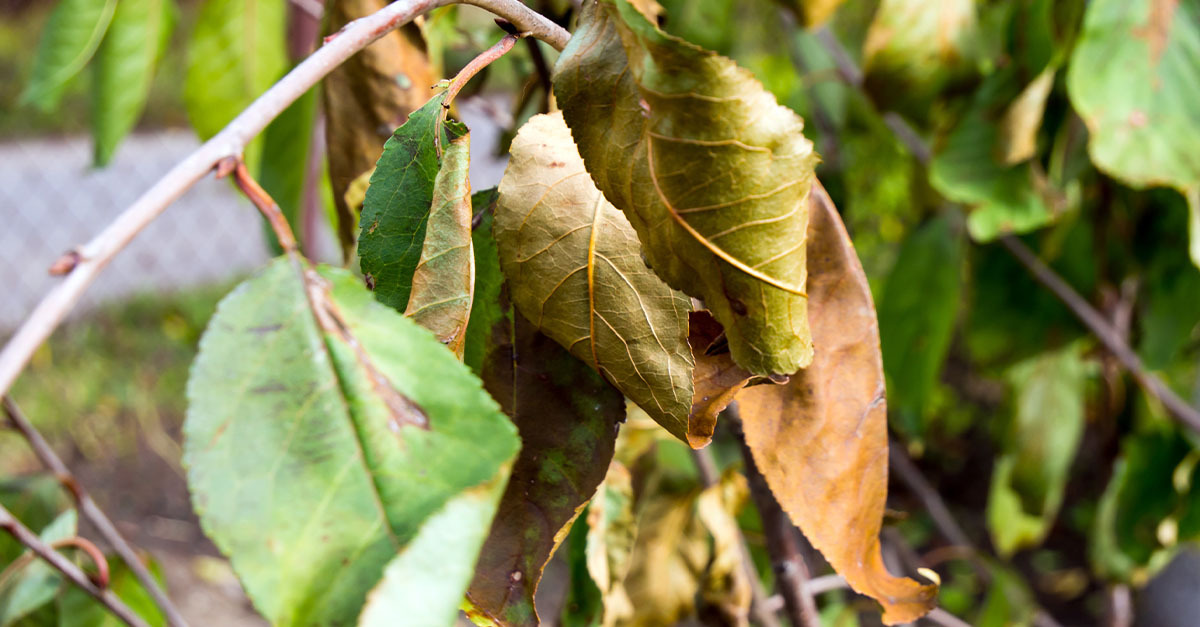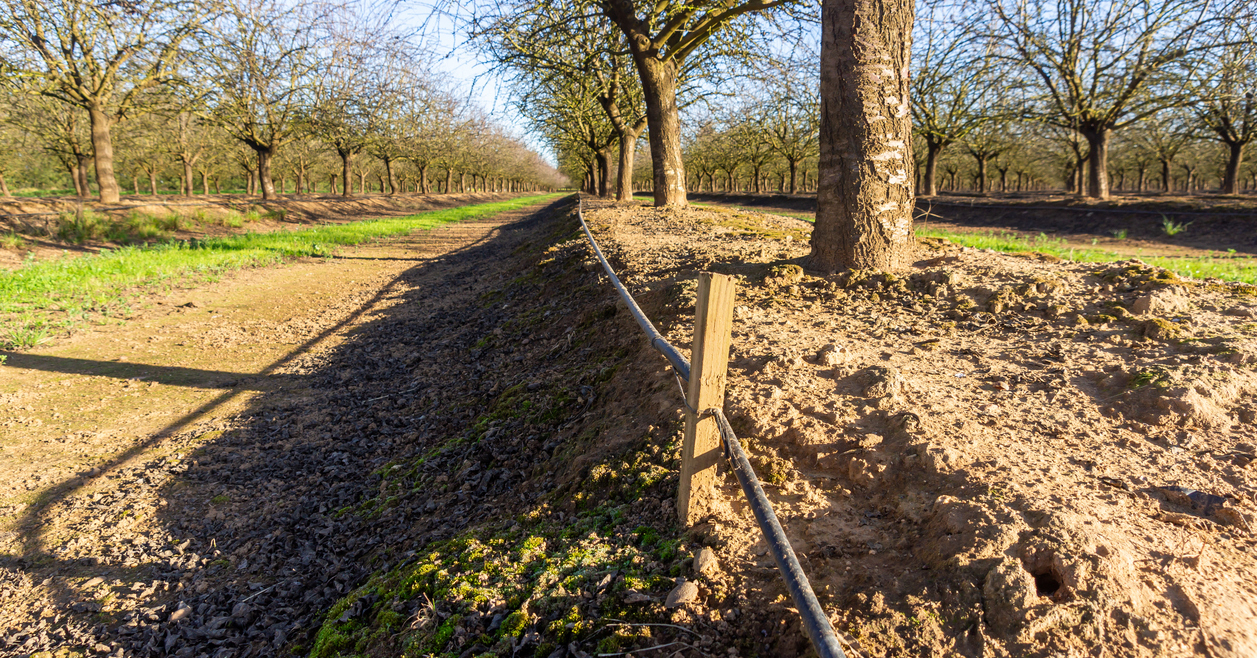Can You Recover Your Trees from Heat Stress?
Can You Recover Your Trees from Heat Stress?
If your trees are native to your region, they’re innately equipped to handle normal weather patterns. But with 2023 having been the hottest year on record, and 2024 seeing further record-breaking temperatures, the heat waves we’re experiencing are exceeding normal ranges by a long shot. Consequently, heat stress may become a growing problem for our precious plant life.
But can your trees be revived after the temperature climbs sky-high? Let’s find out.
Signs of Heat Stress in Trees
Whether due to extreme heat, periods of drought, or a combination of the two, at-risk trees may present signs of heat stress in the summer months. One telltale sign to watch for is leaf damage: you may notice dead or wilting leaves long before they’re due to drop. The same goes for off-season fruit drop or premature blooms. These symptoms could mean your tree is going into a self-protective dormancy mode, which can also be marked by slowed growth.
Here’s the good news: even trees that appear scorched to a crisp may have a chance at making it.
Recovery Tips to Beat Heat Stress in Trees
New trees planted within the last few years face the highest risk of dying off after a heat wave. But if the signs of damage have already appeared, it’s still worth trying to revive them. Try these tips to bring your trees back from the brink.
Skip the Sprinkler
Many homeowners make the mistake of delivering water to their trees via sprinklers. While they work well for plenty of other plants, the spray falls short when it comes to trees. Instead, aim for a deep soaking directly at your tree’s roots, where the water can penetrate the soil before it evaporates. The goal is to hydrate without flooding your tree’s base, which can lead to other issues like fungi growth. To further prevent this problem, you’ll also want to leave plenty of time between watering sessions. In most cases, weekly watering will suffice.
Another option is to install a drip line to hydrate your trees. Ideal for smaller trees, shrubs, and ornamentals, these irrigation systems can deliver water directly to the plants’ roots on a regular basis.
Of course, you’ll want to hold off on using the hose if there are watering restrictions in place due to droughts. In that case, you might consider using “graywater” to hydrate your vulnerable trees in a pinch. Common sources are water left over from baths or washing dishes, and if you have a dehumidifier in your basement, the extra water it collects can be put to good use in your lawn. Just know that the added bacteria in previously used water could attract pests, so rely on this method for emergencies only.
Reassess Your Mulch
We typically recommend mulching in the spring and fall to protect your trees’ roots against extreme weather in the seasons ahead. But if you didn’t get a chance to mulch this spring (or if a good portion of the mulch you laid has already eroded), you can still protect your trees’ roots now. For the best results, apply a three-inch thick layer around your tree’s base, leaving a small gap immediately around the bark. This will lock in moisture and help the soil stay cool.
Leave the Dead Leaves
Decaying leaves can be an eyesore, but resist the urge to prune any damaged patches. This creates wounds on your tree, which isn’t ideal when it’s already stressed from the heat. Plus, it could stimulate new growth, which will only die off if the heat wave persists.
Watch for Future Damage
As your tree heals, watch for signs of damage including increased pest activity, fungi, and disease. Should these signs appear, contact us for an evaluation to see if your tree is salvageable.
Schedule an Assessment With Premier Tree Solutions
If you’re uncertain whether one of your trees has died off after recent heat waves, allow our arborists to perform an assessment. From reviving vulnerable trees to removing at-risk branches, we’ll help keep your landscape on track through any weather. Call (404) 252-6448 or contact us online for an appointment.
As an Amazon Associate, Premier Tree Solutions earns from qualifying purchases.







